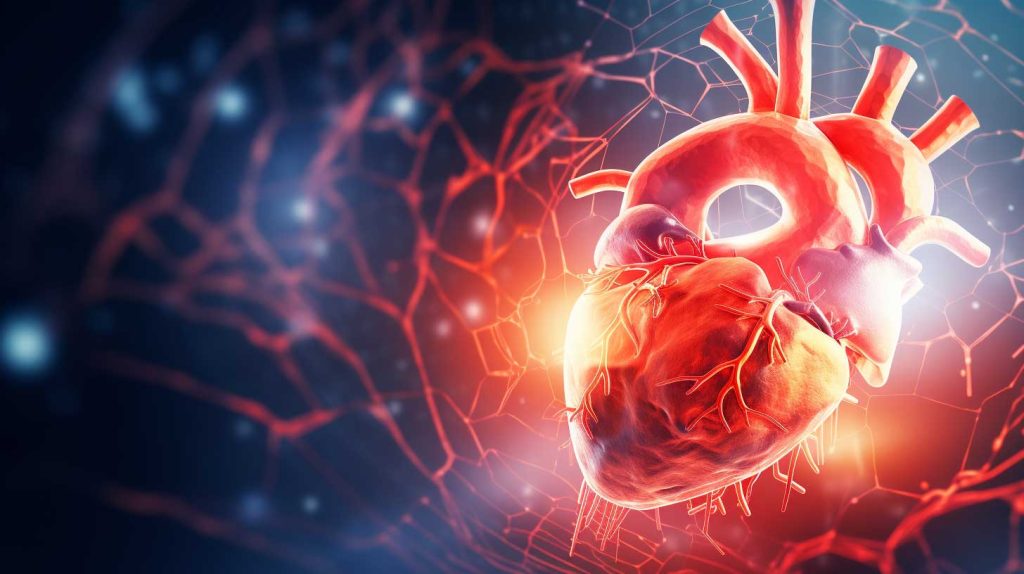Heart disease is a significant cause of morbidity and mortality worldwide, but current therapies for repairing damaged heart tissue are limited. Therefore, researchers have turned to regenerative medicine, including cell therapy, as a potential solution. Mesenchymal stem cells (MSCs) have shown promise in repairing the heart, but little is known about how they achieve this. This article reviews current research on the mechanisms underlying MSC-mediated cardiac repair and identifies avenues for further study.
MSCs are multipotent stromal cells with the potential to differentiate into various cell types, including fibroblasts, vascular endothelial cells, osteoblasts, chondrocytes, and adipocytes. They also exhibit immunomodulatory effects and are not innately immunosuppressive. Researchers have investigated MSCs as a potential therapy for repairing the heart because they are easily cultured in vitro and offer relative ease of manufacturing scalability.
Studies have shown that MSCs elicit cardiac repair in a range of in vitro systems and animal models of diseases such as myocardial infarction and heart failure. The mechanisms behind this therapeutic effect include the preservation of myocardial contractility, the promotion of angiogenesis, and the modulation of fibrosis. Exposing MSCs to a microenvironment reflective of that encountered in the injured heart seems to potentiate these therapeutic mechanisms. However, the MSC secretome, or the collection of bioactive molecules secreted by MSCs, remains poorly defined, and most of the mechanistic data within the literature have been derived from animal MSC research, necessitating more human MSC-based work.
Despite these limitations, the use of MSCs remains a promising potential therapeutic approach to elicit cardiac repair in pathologic states. MSCs facilitate cardiac repair through three broad effects: (1) maintenance of myocardial contractility; (2) induction and potentiation of angiogenesis; and (3) modulation of fibrosis. Mechanisms such as MSC differentiation into mature adult cardiomyocytes as well as MSC-directed expansion and differentiation of endogenous CSCs may also play a role.
In conclusion, promising results in animal studies warrant continuation of clinical MSC cardiac therapy studies. The paracrine functions of MSCs seem to be the dominant mechanism of cardiac repair over direct cellular effects, but the MSC secretome remains poorly defined. More human MSC-based research is necessary to fully understand the potential of MSCs as a therapeutic option for repairing the heart.
This is a summary of article: Mesenchymal Stem Cells in Cardiac Repair: Effects on Myocytes, Vasculature, and Fibroblasts
